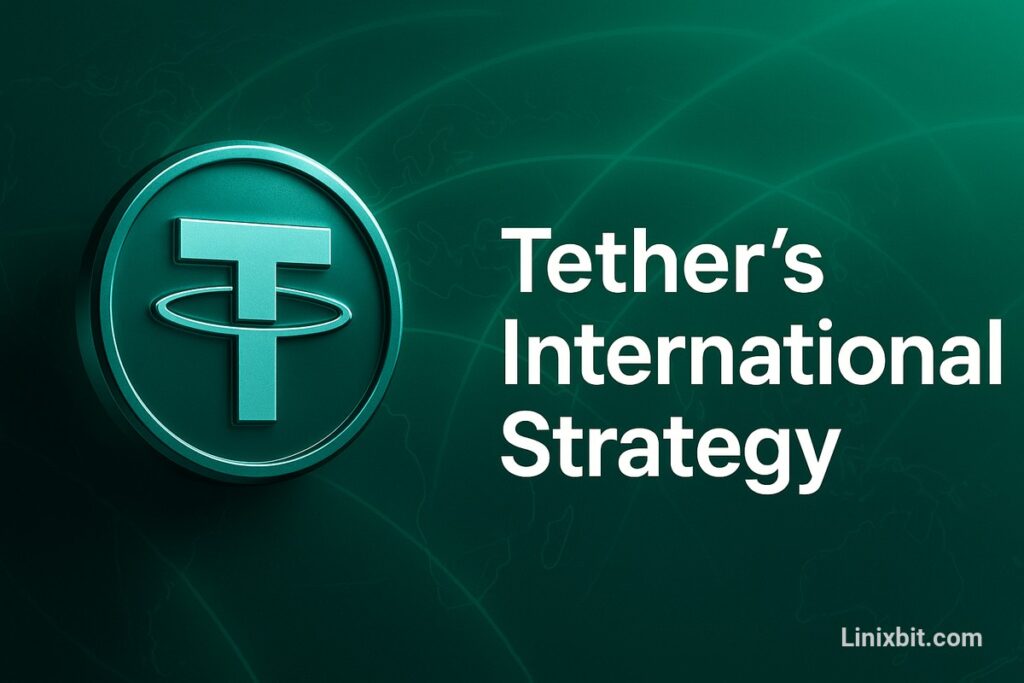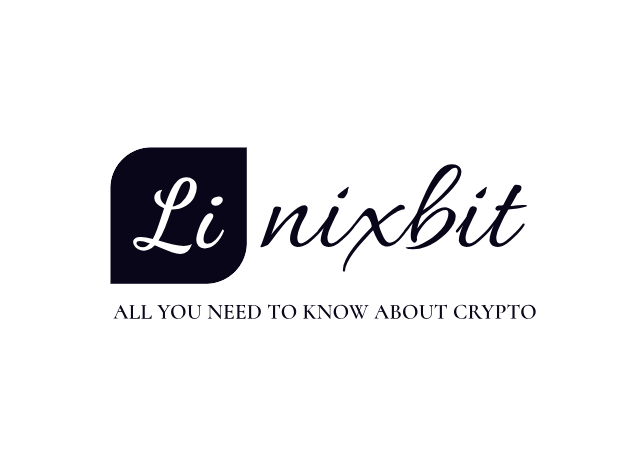Tether, which holds the title as the biggest stablecoin issuer worldwide, is repositioning its business model to focus on global stablecoin markets in response to increasing US regulatory pressures and Tether US regulations. Upcoming legislative proposals from the US Senate and House of Representatives will enforce stricter regulation on stablecoin issuers, which will substantially transform the digital currency environment. Tether is actively moving towards compliance with global benchmarks while reducing interference with evolving Tether US regulation frameworks.
The Senate’s Genius Act alongside the House-approved measure demands that stablecoins maintain full backing through cash reserves or liquid assets such as short-term Treasuries. Tether faces difficulties because its current reserves consist of Bitcoin and secured loans, which fail to comply with these rigorous new requirements. Tether is using its established international network to manage these new requirements.
Understanding US Stablecoin Legislation and Compliance
Both the Genius Act and the House Financial Services Committee’s stablecoin bill establish essential standards for digital asset issuers that will determine Tether US regulation and its operational boundaries. The two legislative proposals establish that stablecoins need complete reserves through cash and other extremely secure short-term investments such as US Treasuries. The bills require adherence to the Bank Secrecy Act and anti-money laundering regulations, which demonstrate a strong commitment to financial integrity within digital currency markets.
The legislation contains provisions to acknowledge foreign stablecoin issuers if their home country regulations align with the US proposed standards. The existing reserve makeup of Tether, which consists of Bitcoin and secured loans, fails to meet the stringent stablecoin reserve backing requirements set by the new US bills. If Tether applies for a US license its wide market presence would require federal regulatory supervision.
Tether’s International Strategy in Evolving Stablecoin Markets
Tether holds dominance over 60% of the stablecoin market and serves 420 million users who mainly reside in emerging economies. Its extensive international reach demonstrates its strategic focus on global stablecoin markets, which meets essential payment requirements for individuals without traditional banking access. The company’s established focus on emerging markets has created a unique growth path distinct from competitor firms targeting Western financial systems.

Tether keeps in regular contact with US regulators despite its US customer base remaining inactive so it can meet future compliance regarding Tether US regulation. The company intends to launch a new stablecoin version developed to align with potential US legislative requirements and to draw in institutional investment. The organization maintains international growth momentum while positioning itself for future compliant entry into the US market through this two-fold strategy, which demonstrates flexibility in a dynamic market environment.
Strengthening Trust: Tether’s Path to Enhanced Transparency
Tether partnered with Cantor Fitzgerald & Co. to handle its reserve assets as part of its strategy to strengthen financial transparency and credibility. The action comes after previous regulatory difficulties, which included a 2021 settlement that dealt with reserve transparency. Tether is seeking a comprehensive audit from a Big Four accounting firm to provide greater assurance regarding its stablecoin reserve backing.
The executive team at Tether perceives major US banks’ stablecoin projects as focused on Western financial markets, which contrasts with their main business objectives. The company expects its main customer base to stay outside these regions, which motivates its ongoing international focus. Tether’s strategy merges its worldwide expansion goals with compliance and transparency enhancement efforts to create a distinct position for itself in digital finance’s future.
The Future of Stablecoins: Adaptability and Regulatory Alignment
Tether has strategically realigned its operations to actively address changes in the worldwide regulatory landscape with a specific emphasis on Tether US regulation for digital assets. The company maintains its market leadership position during heightened regulatory examination because it focuses on international markets while building a US-compliant product for institutional clients. The company’s ability to adjust its strategies ensures it remains relevant within the rapidly growing stablecoin sector.
The development of stablecoin laws in the United States stands as a pivotal event that might transform all digital currency markets. The actions of Tether illustrate how stablecoin issuers must adjust to changing regulatory requirements and market divisions within the industry. The establishment of new guidelines positions Tether’s approach of worldwide growth and compliance preparedness as a template for digital finance’s future.


